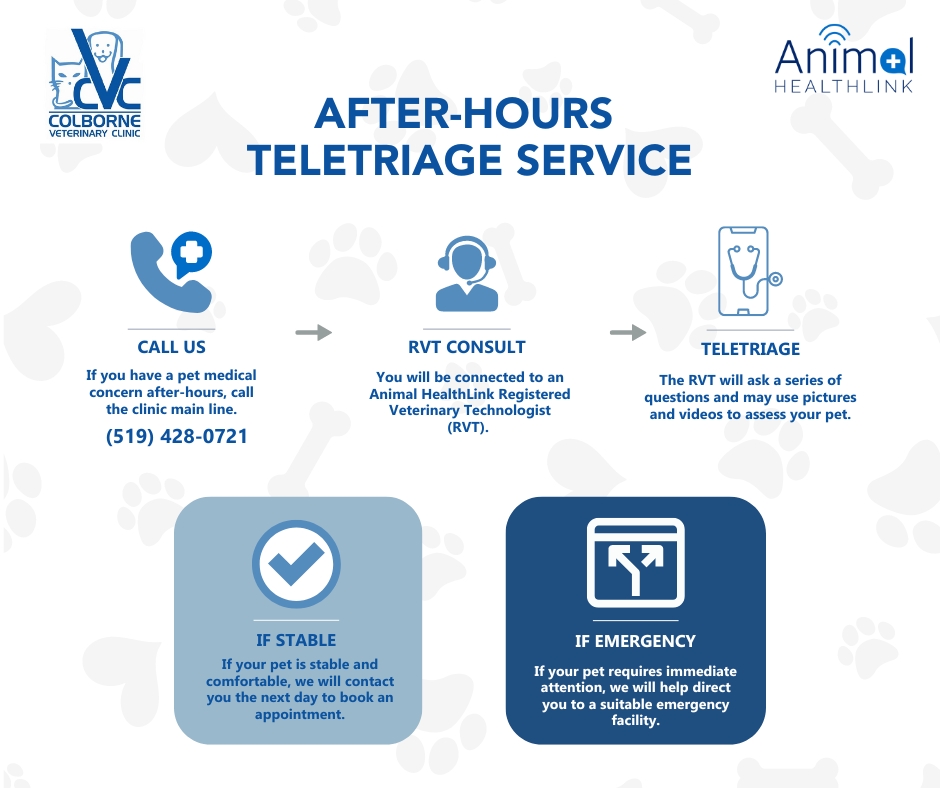Library
-
The Parson Russell Terrier, or PRT, epitomizes feistiness. He is confident, fearless, alert, and happy. His liveliness can be a lot of fun in an active household with experienced dog owners.
-
Parvovirus may affect dogs of all ages but is most common in unvaccinated dogs less than one year of age. Young puppies under five months of age are usually the most severely affected and difficult to treat. Clinical signs can vary but generally include severe vomiting and diarrhea; the diarrhea often has a powerful smell, may contain lots of mucus, and may or may not contain blood. Most dogs with CPV infection recover if aggressive treatment is used and if therapy is started before severe septicemia and dehydration occur.
-
Patent ductus arteriosus (PDA) is a heart defect that occurs when the ductus arteriosus (an opening between the aorta and the pulmonary artery) fails to close at birth. A PDA is usually diagnosed when your veterinarian hears a continuous heart murmur during a routine physical examination of your puppy. This article explains PDA and discusses signs, treatment, and prognosis for this condition.
-
Patent ductus arteriosus (PDA) is a heart defect that occurs when the ductus arteriosus (an opening between the aorta and the pulmonary artery) fails to close at birth. A PDA is usually diagnosed when your veterinarian hears a continuous heart murmur during a routine physical examination of your puppy. This article explains PDA and discusses signs, treatment, and prognosis for this condition.
-
The Pekingese will worship you, but they won't admit it. They'd rather have you believe they run things and have their own perfectly intelligent ideas.
-
Pembroke Welsh Corgis are not lap dogs - they are highly intelligent, decision-making, highly active, outgoing cattle dogs and tend to be dominant. They love being with their family in all activities including long walks and car trips.
-
Pemphigus is an autoimmune skin disease in which the body's immune system attacks the connections between its own skin cells. The three most common types of pemphigus are pemphigus foliaceus, pemphigus vulgaris, and pemphigus erythematosus. Treatment requires suppression of the immune system and prognosis varies depending on the type.
-
Penetrating wounds can look minor on the surface but may cause severe injury below the skin. A thorough assessment requires sedation or anesthesia and surgery may be required to address the extent of the injury. This handout outlines first aid steps a pet owner can take while transporting their injured pet to the veterinary hospital.
-
Penicillin G (brand names VetriPen G, PenOne Pro, others), is an antibiotic used to treat susceptible infections in cats, dogs, chickens, horses, livestock, ferrets, hedgehogs, rabbits, and other animals. It is used off label (extra label) in cats, dogs, and other companion animals. Penicillin G comes in injectable suspension form. Caution when using in rabbits and other animals sensitive to penicillin-like drugs.
-
A Penrose drain is a latex tube placed into a wound with one or two ends exiting the skin to passively remove unwanted fluid, usually from abscesses or open wounds. This handout provides post-operative wound care instructions for cats sent home with a Penrose drain.


